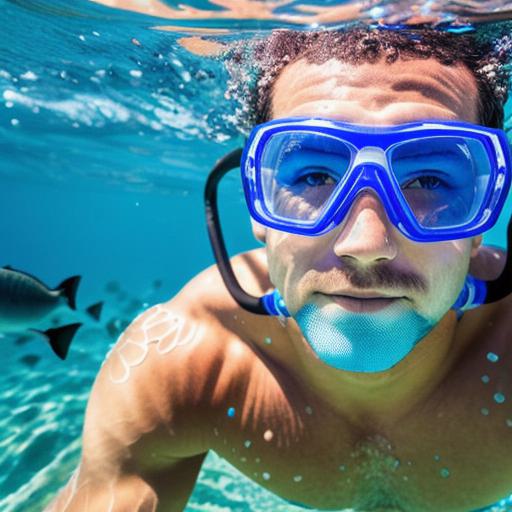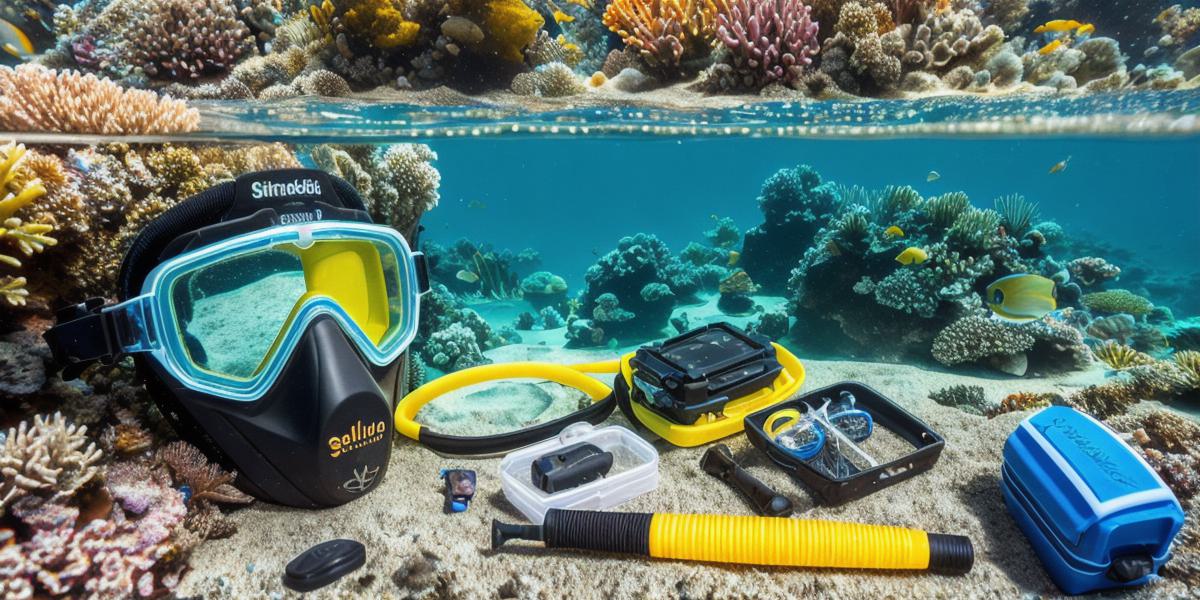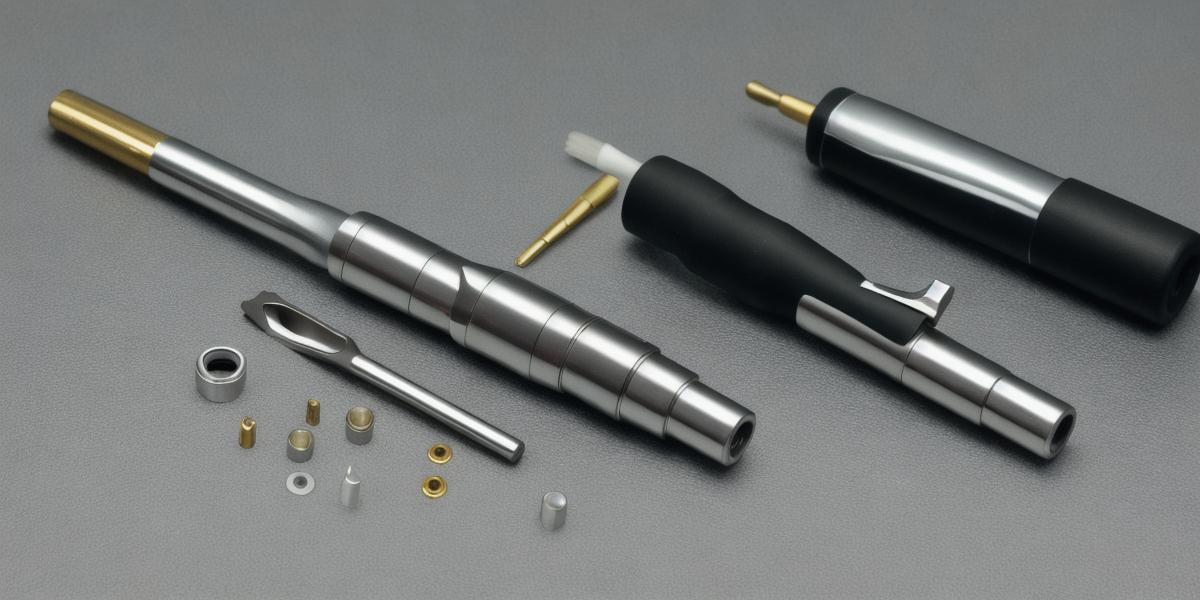Snorkeling is an exciting activity that allows individuals to explore the underwater world and discover its beauty. However, snorkeling equipment can quickly become dirty and contaminated with bacteria if not properly cleaned. This can lead to discomfort, illness, and even damage to your gear. In this article, we will explore how to clean your snorkeling equipment to ensure optimal performance and longevity.

Why Clean Your Snorkeling Gear?
Cleaning your snorkeling equipment is essential for several reasons. Firstly, it helps to prevent the growth of bacteria and algae, which can cause discomfort and illness when you next use your gear. For example, if your mask becomes cloudy or foggy, it may be due to bacteria growing on the inside surface of the lens. This can lead to irritation and discomfort while snorkeling.
Secondly, cleaning your gear helps to maintain its performance. Over time, dirt and grime can build up on the lenses of your mask, making it harder to see underwater. Similarly, if your regulator becomes clogged with debris, it may not function properly, leading to discomfort and potential danger when diving.
Lastly, cleaning your gear extends its lifespan. If your gear is not properly cared for, it can become damaged or break down prematurely. This can be both expensive and frustrating if you have invested a lot of money in high-quality snorkeling equipment.
How to Clean Your Snorkeling Gear: A Step-by-Step Guide
To clean your snorkeling gear, follow these steps:
- Rinse your gear with fresh water after each use. This will help remove any loose debris and dirt that may have accumulated on the surface of your equipment. If you are using a dry bag or case to store your gear, make sure to empty it before rinsing to ensure that no moisture remains inside.
- Use a brush or toothbrush to scrub the lenses of your mask and snorkel. You can also use a lens cleaning solution specifically designed for swimming goggles to make this process easier. Be sure to follow the manufacturer’s instructions carefully to avoid damaging your gear. If your mask has multiple lenses, clean each one separately to ensure that they are thoroughly cleaned.
- For stubborn stains on your mask or snorkel, you may need to use a toothbrush or soft-bristled brush with toothpaste or baking soda. Gently scrub the area until the stain is removed. If the stain persists, consider taking your gear to a professional cleaner for treatment.
- To clean your regulator, disconnect it from the air tank and rinse it with fresh water. Use a brush or toothbrush to remove any debris from inside the mouthpiece. If necessary, use a cleaning solution specifically designed for regulators. Be sure to follow the manufacturer’s instructions carefully to avoid damaging your gear.
- For fins, rinse them thoroughly with fresh water and scrub them with a toothbrush or sponge. You may also need to use a fin cleaner if the fins are particularly dirty. If your fins have multiple blades, make sure to clean each one separately to ensure that they are thoroughly cleaned.
- To clean your wetsuit or dry bag, machine wash it on a gentle cycle using a laundry detergent that is safe for synthetic fabrics. Avoid using bleach or fabric softeners as these can damage the material. If you have a wetsuit, make sure to follow the manufacturer’s instructions carefully to avoid damaging the coating on the suit.
- After cleaning your gear, store it in a dry bag or case when not in use. This will help to prevent moisture buildup and mold growth, which can be harmful if left unchecked.
Tips and Tricks:
Here are some tips to help you clean your snorkeling gear effectively:
- Always rinse your gear with fresh water after each use, even if it appears clean. This helps to remove any loose debris and dirt that may have accumulated on the surface of your equipment.
- Use a soft-bristled brush or toothbrush when cleaning your gear to avoid damaging the material. Avoid using abrasive materials like steel wool or grits as these can scratch the surface of your gear.
- If you are unsure how to clean a particular piece of equipment, consult the manufacturer’s instructions or contact their customer service department for help.
- Regularly inspect your gear for any signs of damage or wear and tear. This will allow you to address any issues before they become more significant problems.
- Consider using a UV-resistant bag or case to store your gear when not in use. This can help to prevent the growth of algae and other organisms that can cause discoloration or damage to your gear.
In conclusion, cleaning your snorkeling equipment is essential for maintaining its performance and extending its lifespan. By following these steps and tips, you can ensure that your gear remains in top shape and ready for your next adventure. So don’t neglect your gear – take the time to clean it properly and make sure it stays in top shape for years to come.



